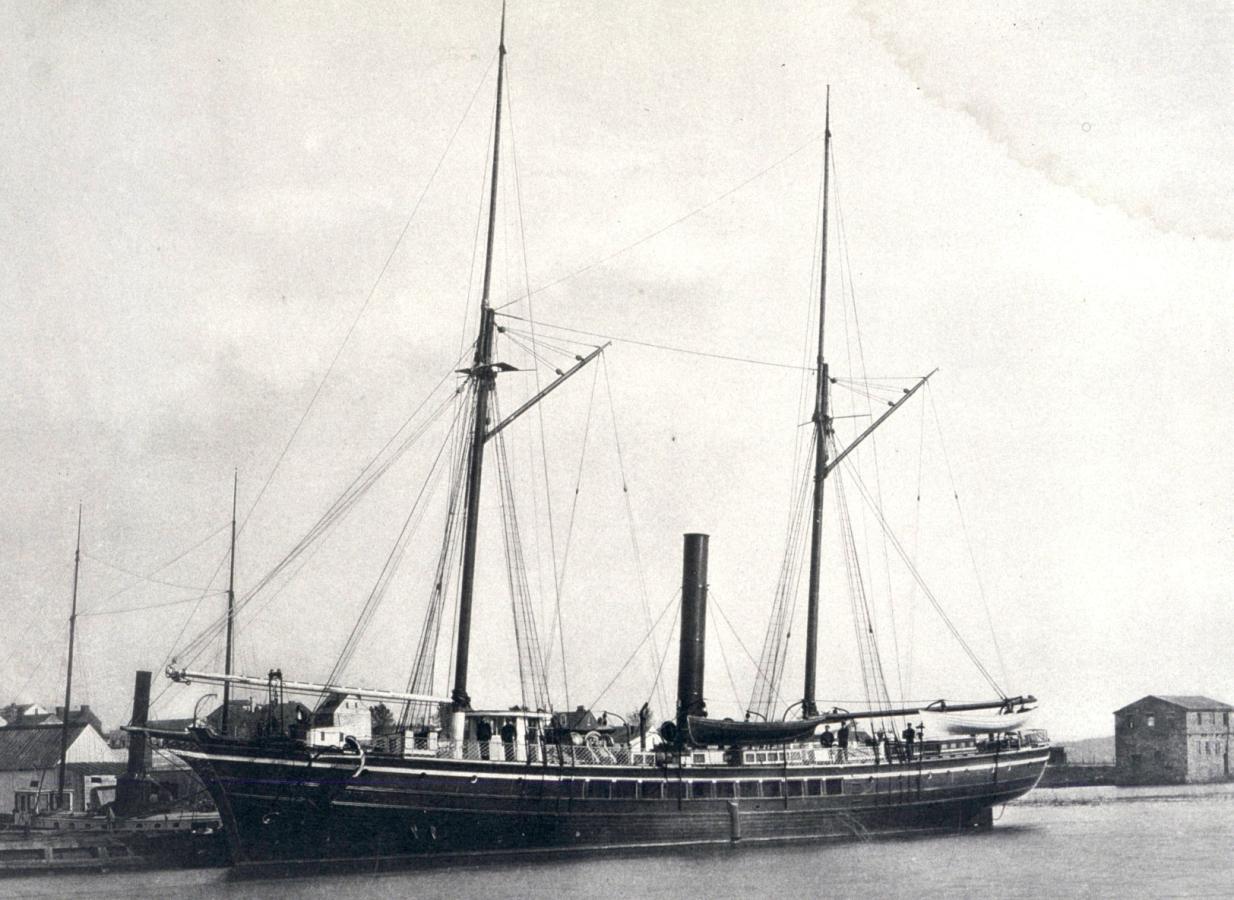
While NOAA has gone by many names before its current formation, the agency and its predecessors have maintained and operated a fleet of research vessels since the 1850s. Originally established as the Survey of the Coast (est. 1807), later the U.S. Coast Survey (est. 1836) and U.S. Coast and Geodetic Survey (est. 1878); NOAA was created in 1970 and brought together the responsibilities of multiple federal research programs.
Throughout these transitions the agency operated a fleet of survey ships to gather data for nautical charts and other navigation tools. In the early 1900s, the fleet expanded to include fisheries survey ships and aircraft. In the last two decades, uncrewed platforms joined the NOAA fleet.
Currently, the NOAA fleet includes 15 ships, 10 aircraft, an extensive small boats program and diving program, and a growing number of uncrewed systems that operate around the world in support of NOAA’s broad missions in the atmosphere, oceans, and coasts. The fleet supports work across all of NOAA, with a large number of its corporate platforms housed within the NOAA Marine and Aviation Operations.
The vehicles are managed, maintained and operated by a suite of NOAA Corps officers, civilian professional mariners, and other NOAA personnel. This week, we will highlight different elements of NOAA’s fleet in celebration of the first #NOAAFleetWeek. Check back in throughout the week to learn more!

